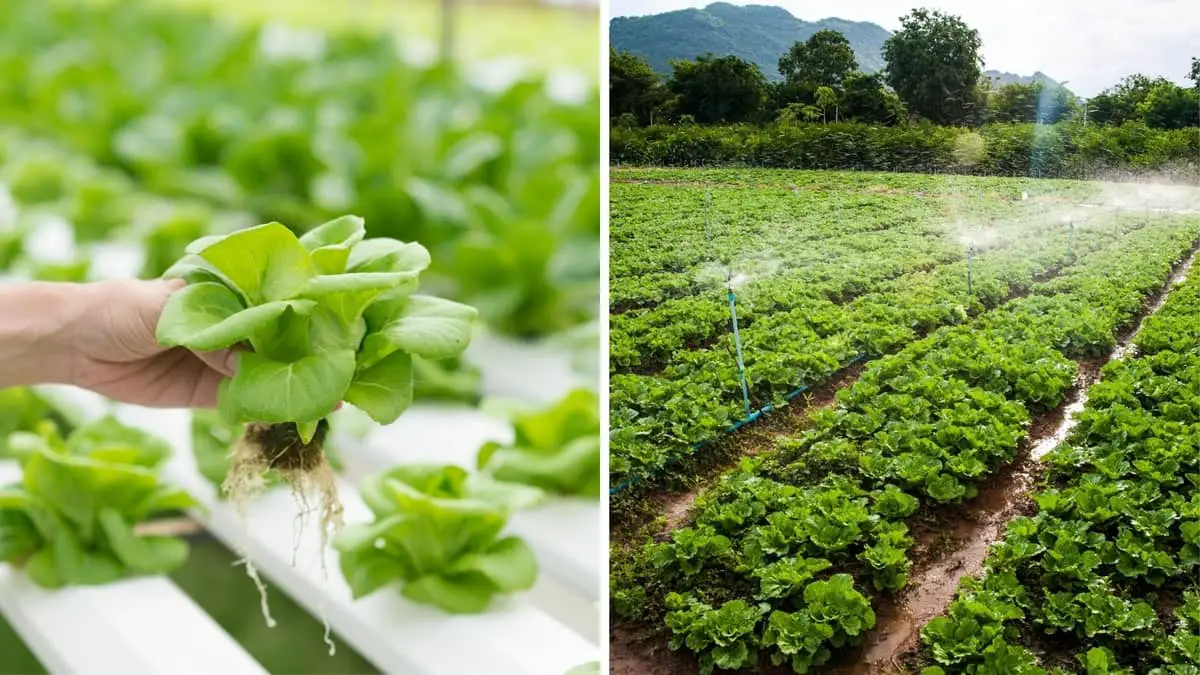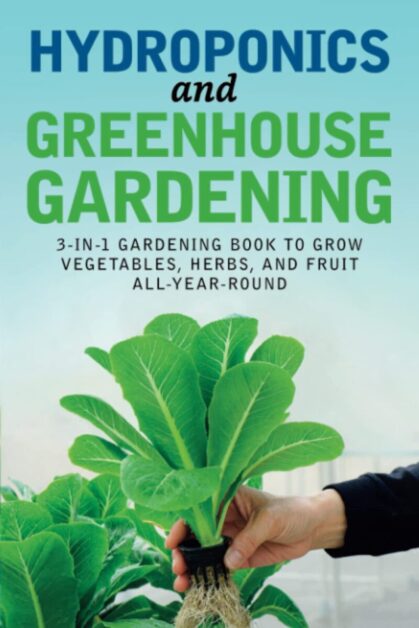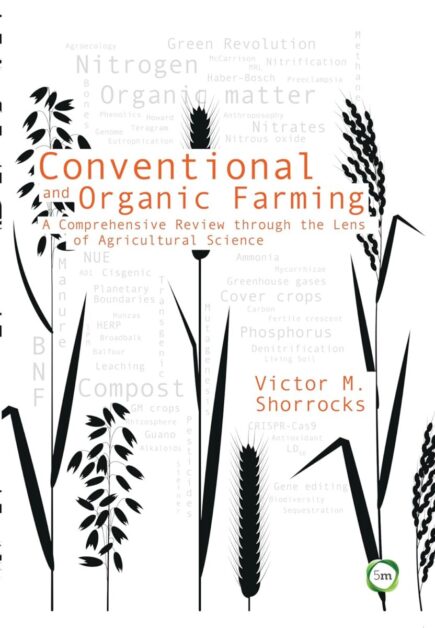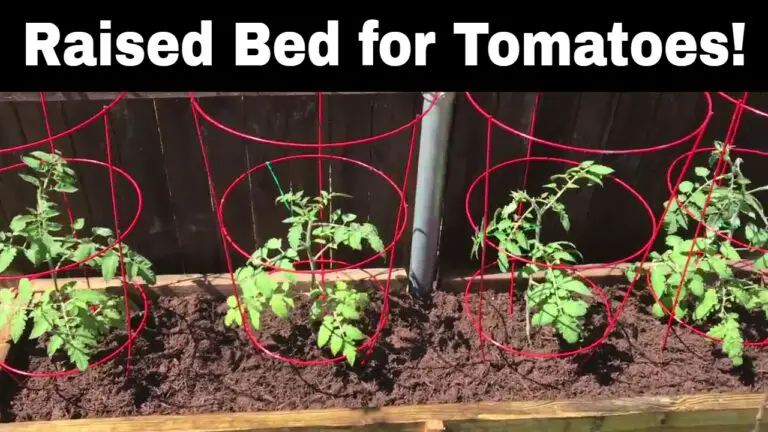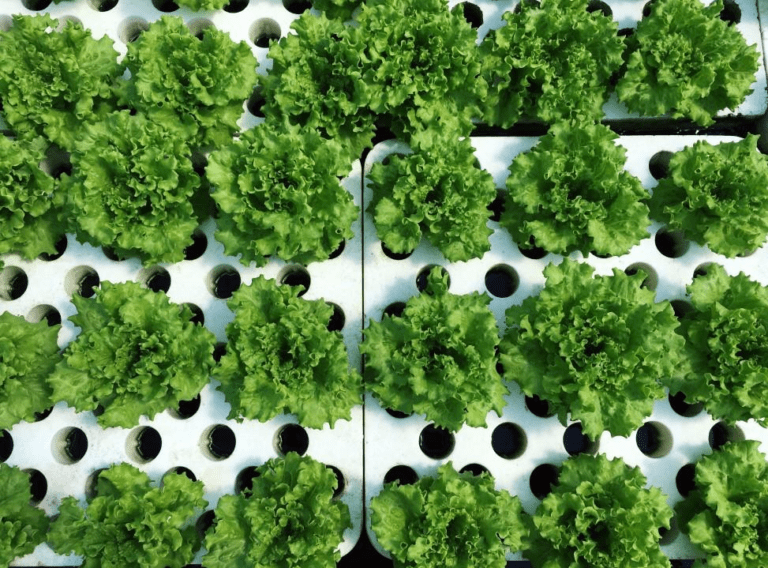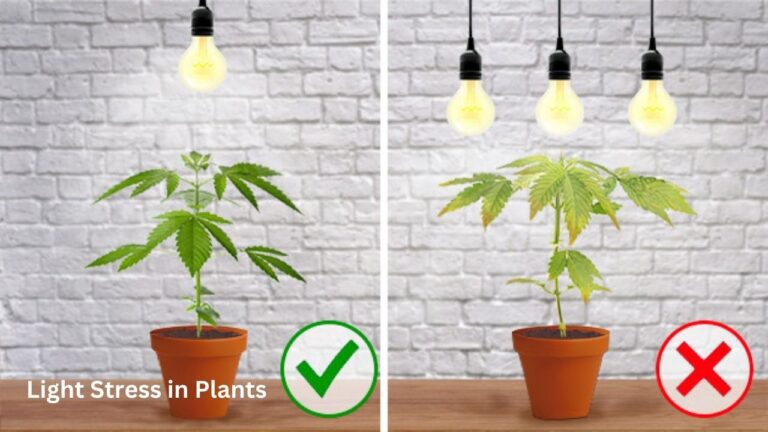Conventional Farming vs Hydroponics: Which One is More Sustainable and Why?
Ever wondered about the future of farming? With concerns over sustainability growing by the day, it’s time to dive into the debate between conventional farming and hydroponics. Did you know that conventional agriculture accounts for nearly 70% of global freshwater use? Meanwhile, hydroponics offers a water-saving alternative that could revolutionize how we grow our food. But which method truly reigns supreme in the sustainability game? In this blog, we’ll explore the ins and outs of both systems, from resource consumption to environmental impact. By the end, you’ll have a clearer picture of which path leads us toward a greener, more sustainable future. Let’s dig in and uncover the truth about farming’s next frontier.
Table of Contents
Exploring the Sustainability Spectrum: Conventional Farming’s Soil Reliance vs. Hydroponics’ Innovations
Conventional Farming and Soil Reliance:
- Tradition meets soil: Conventional farming has deep roots in the reliance on fertile soil for crop cultivation.
- Scarce arable land: As the availability of arable land diminishes due to urbanization and land degradation, conventional farming faces challenges in sustaining its practices.
- Soil health concerns: Erosion, depletion of nutrients, and loss of soil biodiversity threaten the long-term viability of conventional farming methods.
Hydroponics: Soil-Free Innovation:
- A leap into the future: Hydroponics represents a modern approach to agriculture that eliminates the need for soil altogether.
- Water-saving alternative: By utilizing nutrient-rich water solutions in controlled environments, hydroponic systems offer significant water savings compared to traditional farming methods.
- Resource efficiency: Hydroponics maximizes resource utilization by delivering nutrients directly to plant roots, minimizing waste and environmental impact.
Innovation vs. Sustainability:
- The innovation conundrum: While hydroponics showcases technological advancements in agriculture, questions linger about its long-term sustainability.
- Environmental considerations: Despite its water-saving benefits, the environmental impact of hydroponics, including energy consumption for infrastructure and disposal of nutrient solutions, must be carefully assessed.
- Balancing innovation with tradition: Achieving sustainability in agriculture requires a delicate balance between embracing innovation and preserving traditional farming practices that promote soil health and biodiversity.
In summary, while hydroponics offers promising solutions to challenges such as water scarcity and land limitations, the journey towards sustainability in agriculture necessitates a comprehensive understanding of the trade-offs and complexities inherent in both conventional farming and innovative methods like hydroponics.
“Having delved into ‘Hydroponics & Greenhouse Gardening: 3-in-1 Gardening Book to Grow Vegetables, Herbs, and Fruit All Year-Round,’ I found it to be an indispensable resource for both beginners and experienced gardeners alike. The book offers a comprehensive overview of hydroponic gardening and greenhouse cultivation, providing practical guidance, troubleshooting tips, and step-by-step instructions for achieving year-round harvests of diverse crops. While some concepts may initially appear complex for novices, the book’s accessible language and comprehensive coverage make it an invaluable companion for anyone looking to explore the world of hydroponic and greenhouse gardening.”
“Having explored ‘Conventional vs. Organic Farming: A Comprehensive Overview,‘ I found it to be an enlightening resource offering valuable insights into the contrasting practices of conventional and organic agriculture. The book provides a thorough analysis, highlighting the benefits and drawbacks of each approach while presenting evidence-based perspectives to inform readers’ understanding. With clear language and informative content, it serves as a valuable reference for farmers, students, and anyone interested in sustainable agriculture.”
✅ Practical Guidance: Readers may appreciate the practical advice and step-by-step instructions provided, making it easier to implement hydroponic and greenhouse gardening techniques.
✅ Year-Round Harvests: With guidance on extending the growing season through greenhouse gardening, readers can enjoy fresh produce throughout the year, regardless of seasonal limitations.
✅ Diverse Crop Selection: The book may include information on growing a wide range of vegetables, herbs, and fruits, offering readers options for diversifying their garden produce.
✅ Suitable for Beginners: As a 3-in-1 gardening book, it may cater to beginners by providing foundational knowledge and basic techniques to get started with hydroponic and greenhouse gardening.
✅ Troubleshooting Tips: Expect the book to address common challenges and offer troubleshooting tips to help readers overcome obstacles encountered during their gardening journey.
❌ Limited Advanced Content: More experienced gardeners seeking in-depth or advanced information on hydroponics and greenhouse gardening techniques may find the book lacking in depth on certain topics.
❌ Requirement for Additional Resources: Depending on the reader’s specific gardening goals and circumstances, they may need to supplement the information provided in the book with additional resources, such as online tutorials or specialized guides.
❌ Dependency on Greenhouse Access: Readers without access to a greenhouse may find that portions of the book focused on greenhouse gardening are less relevant to their situation, potentially reducing its overall utility.
❌ Variable Applicability: The applicability of certain techniques or recommendations in the book may vary depending on factors such as climate, available resources, and gardening preferences, making it important for readers to adapt the information to suit their individual needs.
✅ Educational Value: Readers may gain a better understanding of the principles behind conventional and organic farming, including their impact on environmental sustainability, food quality, and agricultural economics.
✅ Evidence-Based Analysis: It might present scientific evidence and case studies to support its arguments, helping readers make informed decisions about their farming practices or consumer choices.
✅ Practical Advice: Expect practical tips and recommendations for farmers or individuals interested in transitioning to organic practices or understanding conventional farming techniques.
✅ Accessible Language: The book may use clear and accessible language, making it suitable for a wide audience, including farmers, agricultural students, policymakers, and environmentally conscious consumers.
❌ Incomplete Coverage: The book may not cover every aspect of conventional and organic farming, leaving out certain topics or perspectives that could provide a more holistic understanding of the subject.
❌ Limited Scope: While comprehensive, the book may focus primarily on comparing farming methods and their immediate impacts, overlooking broader issues such as socio-economic factors, food justice, or long-term sustainability.
❌ Outdated Information: If not regularly updated, the book’s content may become outdated, especially considering the evolving nature of agricultural practices, regulations, and research.
❌ Complexity: Some readers, particularly those without a background in agriculture or related fields, may find certain concepts or terminology challenging to grasp without additional explanation or context.
Examining the Scalability of Conventional Farming vs Hydroponics
Conventional farming and hydroponics are two widely recognized methods of cultivating crops. But when it comes to scalability, there are certain factors that need to be assessed.
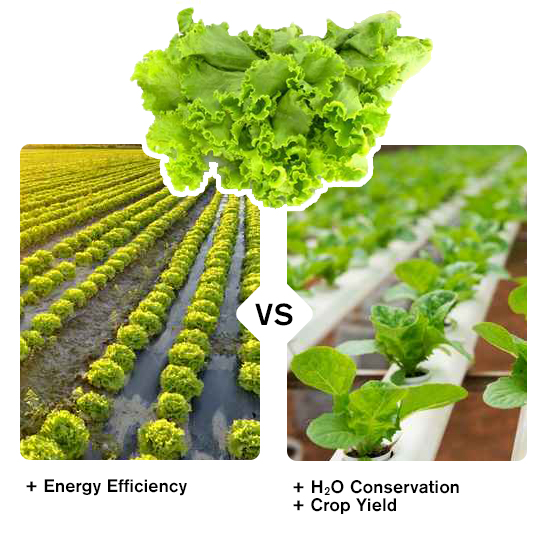
- Conventional Farming:
- Scalability Factors:
- Availability of arable land.
- Access to water resources.
- Use of machinery and labor.
- Advantages:
- Potential for expansion to meet food demand.
- Limitations:
- Dependent on land availability.
- Requires significant water resources.
- Labor-intensive.
- Scalability Factors:
- Hydroponics:
- Scalability Factors:
- Availability of water and electricity.
- Initial investment for system setup.
- Expertise in maintaining optimal conditions.
- Advantages:
- Maximizes land use (vertical or stacked systems).
- Highly scalable, especially in urban areas.
- Limitations:
- Initial setup costs.
- Requires specialized knowledge.
- Scalability Factors:
In conclusion, both conventional farming and hydroponics offer unique opportunities for scalability. While conventional farming relies on factors like land and labor availability, hydroponics maximizes space utilization and offers compact and scalable farming solutions. To determine the most suitable method for large-scale production, further examination of each method’s advantages and limitations is necessary. Understanding the scalability of these farming techniques is crucial in ensuring sustainable and efficient food production to meet the ever-increasing global demand.
Assessing the Challenges and Limitations of Conventional Farming and Hydroponics
Conventional farming and hydroponics are two popular methods of agricultural production, each with its own set of challenges and limitations.

Challenges of Conventional Farming:
- Reliance on Fertile Soil: Limited arable land poses a significant challenge, pushing farmers to innovate for sustained crop yields.
- Water Usage: Conventional farming demands substantial water resources, exacerbating water scarcity in certain regions.
- Pesticide Dependency: Widespread pesticide use not only pollutes the environment but also threatens biodiversity.
Challenges of Hydroponics:
- High Initial Investment: Infrastructure costs, including grow lights and climate control systems, present a financial barrier, especially for small-scale farmers.
- Nutrient Management: Balancing nutrients in water solutions is crucial; any imbalances can stress plants or lead to deficiencies.
- Maintenance and Monitoring: Hydroponic systems require continuous attention, making them labor-intensive and time-consuming.
As we delve deeper into the challenges and limitations of both conventional farming and hydroponics, it becomes clear that neither method is without its drawbacks. However, it is essential to consider these factors and explore potential solutions to overcome them, as they hold the key to sustainable and efficient agricultural practices. By understanding and addressing these challenges, we can strive towards a more resilient and productive future for our food systems.
Conventional Farming vs. Hydroponics: Sustainability Comparison
| Aspect | Conventional Farming | Hydroponics |
|---|---|---|
| 1. Water Usage | – High Water Consumption: Often requires substantial water use. | – Water Efficiency: Typically uses less water due to recirculation systems. |
| – Runoff Concerns: Risk of water runoff carrying pollutants into water bodies. | – Reduced Runoff: Controlled systems minimize runoff, reducing environmental impact. | |
| 2. Land Utilization | – Large Land Footprint: Requires significant land area for traditional crop cultivation. | – Space Efficiency: Can be implemented vertically or in confined spaces, maximizing land use. |
| – Habitat Disruption: Clearing land may impact natural ecosystems. | – Reduced Habitat Disruption: Requires less land, minimizing ecological impact. | |
| 3. Resource Inputs | – Fertilizer Use: Relies on synthetic fertilizers, contributing to nutrient runoff. | – Precise Nutrient Control: Allows for targeted nutrient delivery, minimizing waste. |
| – Pesticide Application: Frequent use of pesticides to control pests and diseases. | – Reduced Pesticide Use: Closed environments can reduce the need for pesticides. | |
| 4. Energy Consumption | – Mechanization: Heavy reliance on machinery and equipment may increase energy consumption. | – Energy for Infrastructure: Initial setup may require energy, but controlled environments can be efficient. |
| – Transportation: Transporting produce over long distances contributes to carbon emissions. | – Local Production: Can be implemented closer to consumption centers, reducing transportation emissions. | |
| 5. Soil Health | – Soil Degradation: Conventional farming practices may lead to soil degradation. | – Soil-Free Systems: Hydroponics avoids soil-related issues and can be implemented in soilless setups. |
| – Loss of Biodiversity: Mono-cropping can reduce biodiversity in conventional systems. | – Potential for Biodiversity: Controlled environments can support diverse plant species. | |
| 6. Crop Yields and Efficiency | – Variable Yields: Crop yields can be influenced by weather conditions and soil quality. | – Consistent Yields: Controlled conditions allow for year-round production and consistent yields. |
| – Land Productivity: Limited by natural conditions and soil fertility. | – Maximized Productivity: Optimized nutrient delivery and controlled environment enhance productivity. | |
| 7. Environmental Impact | – Chemical Runoff: May contribute to water pollution with chemical runoff. | – Reduced Environmental Impact: Controlled systems minimize environmental pollutants. |
| – Habitat Destruction: Clearing land for farming impacts natural habitats. | – Reduced Habitat Impact: Requires less land and can coexist with natural ecosystems. |
Note: The sustainability of farming methods depends on various factors, and both conventional farming and hydroponics have their advantages and challenges. The suitability of each method may vary based on specific environmental and economic considerations.
Navigating Water Conservation and Resource Efficiency: Conventional Farming vs. Hydroponics
Water Scarcity in Modern Agriculture:
- Pressing concerns: Modern agriculture faces the challenge of water scarcity due to increasing demand and climate change impacts.
- Conventional farming’s water usage: Traditional farming methods often require extensive irrigation, leading to significant water consumption.
Hydroponics’ Promise of Water Efficiency:
- Recirculating systems: Hydroponic setups recycle water, reducing overall consumption compared to traditional farming.
- Precise water management: Through controlled environments and automated systems, hydroponics optimizes water usage, minimizing waste.
Assessing the Costs:
- Upfront investment: Establishing hydroponic systems requires initial investments in infrastructure such as grow lights, nutrient solutions, and climate control.
- Energy consumption: The energy required to power hydroponic setups must be factored into the overall sustainability equation.
Long-Term Water Savings:
- Evaluating the trade-offs: While the upfront costs of hydroponics may seem daunting, the potential for long-term water savings can offset these expenses.
- Sustainable water management: Hydroponics’ precise water control reduces reliance on external water sources, contributing to overall resource efficiency.
Striking a Balance:
- Considering environmental impacts: Beyond water conservation, assessing the broader environmental footprint of hydroponics, including energy consumption and waste management, is essential.
- Weighing the benefits: Ultimately, the decision between conventional farming and hydroponics hinges on balancing short-term costs with long-term sustainability goals.
In conclusion, while hydroponics offers promising solutions to water scarcity challenges in agriculture, careful consideration of upfront investments, energy requirements, and environmental impacts is necessary to determine its overall sustainability compared to conventional farming methods.
Navigating Pesticides and Pollution: Conventional Farming vs. Hydroponics
Environmental concerns: The widespread use of pesticides in conventional farming practices raises alarms due to their potential impacts on ecosystems and human health.
Pollution risks: Runoff from fields treated with pesticides can contaminate waterways, leading to water pollution and disrupting aquatic ecosystems.
Biodiversity threats: Pesticides may harm beneficial insects, birds, and other organisms, contributing to biodiversity loss and disrupting ecological balance.
Clean and green: Hydroponic systems are often praised for their pesticide-free cultivation methods, offering a more environmentally friendly alternative to conventional farming.
Reduced pollution risks: Without the need for pesticides, hydroponics mitigates the risk of pesticide runoff and contamination of soil and water sources.
Biodiversity conservation: By eliminating pesticide use, hydroponics promotes biodiversity by creating a safer habitat for beneficial insects and other organisms.
Nutrient solution challenges: Hydroponic systems rely on synthetic nutrient solutions to nourish plants, raising concerns about the environmental impact of chemical inputs.
Potential for imbalances: Maintaining the correct balance of nutrients in hydroponic solutions is crucial for plant health, as imbalances can lead to nutrient deficiencies or toxicity.
Sustainability considerations: While hydroponics reduces reliance on pesticides, addressing the sustainability implications of synthetic nutrient use and potential chemical imbalances is essential.
Integrated pest management: Conventional farming can adopt integrated pest management practices to minimize pesticide use and promote natural pest control methods.
Nutrient management strategies: Hydroponics can explore organic nutrient sources and sustainable nutrient management practices to reduce reliance on synthetic inputs and minimize environmental impacts.
Understanding the Potential for Innovation in Conventional Farm
Innovation is a driving force in the world of conventional farming, continually pushing boundaries and opening up new possibilities for improved efficiency and productivity. With advances in technology, genetics, and sustainable practices, the potential for innovation in conventional farming is vast.
Precision farming is a remarkable advancement that revolutionizes agriculture.
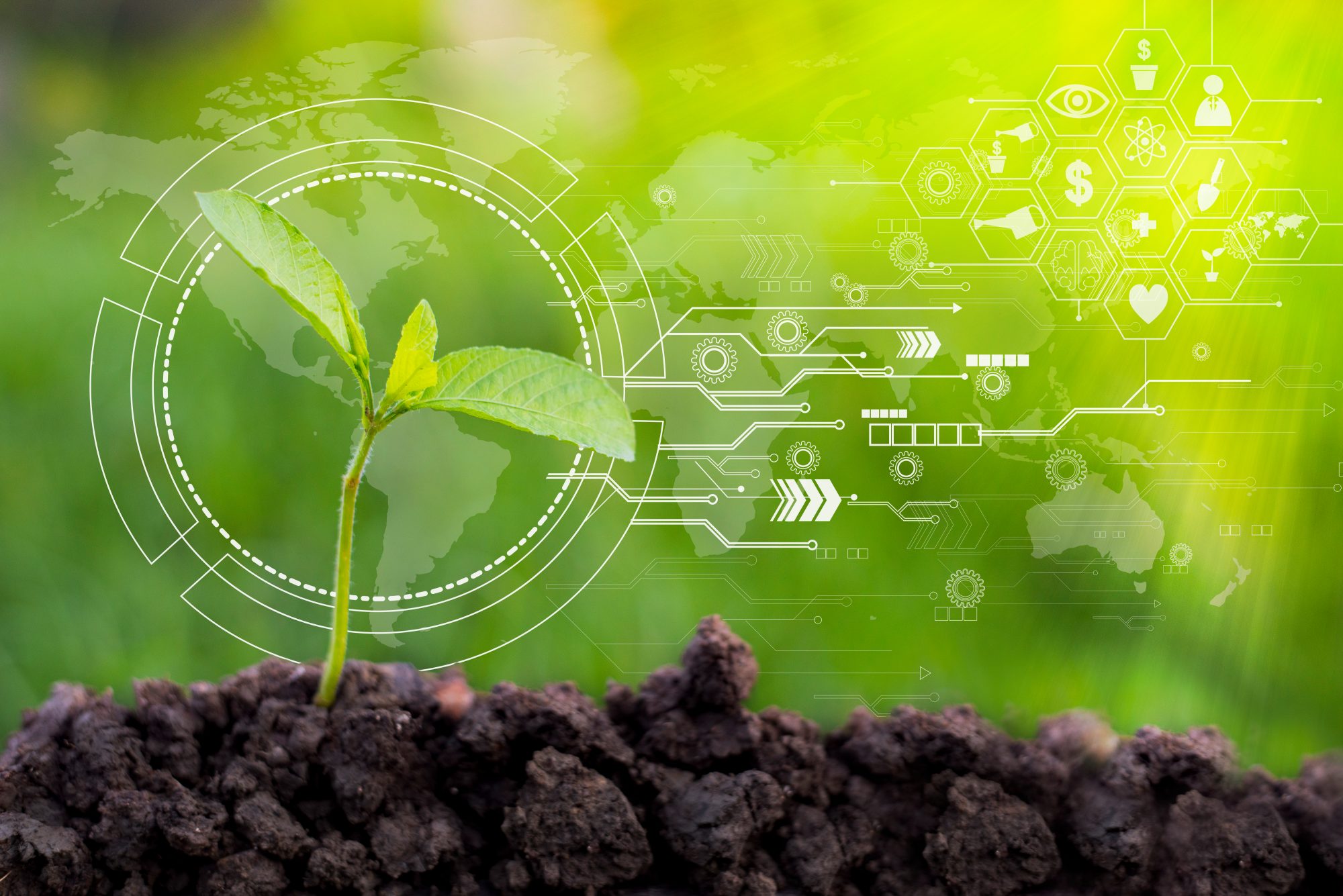
- Data-Driven Technologies:
- Monitoring and Control: Precision farming leverages sensors, drones, and satellite imagery to collect real-time data on soil conditions, weather, and crop health.
- Accurate Decision-Making: Farmers can make informed decisions based on precise information, optimizing resource allocation.
- Resource Precision:
- Soil Moisture and Nutrients:
- Sensors measure soil moisture levels, allowing targeted irrigation.
- Nutrient management is precise, minimizing excess fertilizer use.
- Pest and Disease Control:
- Early detection through data analysis prevents outbreaks.
- Targeted pesticide application reduces environmental impact.
- Soil Moisture and Nutrients:
- Efficient Machinery and Automation:
- Reduced Labor Costs:
- Automated machinery handles tasks like planting, harvesting, and spraying.
- Labor-intensive processes become more efficient.
- Increased Productivity:
- Timely operations lead to higher yields.
- Reduced downtime improves overall farm productivity.
- Reduced Labor Costs:
- Environmental Impact and Profitability:
- Sustainability: Precision farming minimizes resource waste (water, fertilizers, pesticides).
- Profitability: Efficient practices enhance farm income.
- Environmental Stewardship: Reduced chemical use benefits ecosystems.
- Global Food Security:
- High-Volume Production: Precision farming enables consistent, high-quality yields.
- Meeting Demand: By optimizing production, it contributes to food security.
In summary, precision farming’s data-driven approach, resource precision, and technological advancements benefit farmers, the environment, and global food supply. 🌾🌍🌱
Economic Viability: Balancing Costs and Returns in Agriculture
Conventional Farming’s Established Infrastructure:
- Accessibility for aspiring farmers: Conventional farming benefits from well-established practices and infrastructure, providing a relatively accessible entry point for newcomers to the industry.
- Lower initial investment: Compared to hydroponics, conventional farming typically requires fewer upfront costs for equipment and infrastructure, making it more feasible for small-scale operations and new farmers.
Hydroponics’ Upfront Investment Barrier:
- High initial costs: Hydroponic systems necessitate significant upfront investments in infrastructure, including grow lights, nutrient solutions, and climate control systems.
- Financial barriers: The substantial initial investment required for hydroponic setups may deter smaller-scale farmers or those with limited capital from adopting this method, limiting its widespread adoption.
Evaluating Long-Term Returns:
- Return on investment: While conventional farming may require lower initial investments, the long-term returns and profitability of both methods must be carefully assessed.
- Potential for higher yields: Hydroponic systems offer the potential for higher crop yields and more efficient resource utilization, which could translate into greater profitability over time.
Market Demand and Competition:
- Consumer preferences: Growing demand for locally sourced, pesticide-free produce may create market opportunities for hydroponic farmers, offsetting initial investment costs.
- Competitive landscape: Conventional farmers may face increased competition from hydroponic operations in niche markets, prompting them to explore innovative practices and value-added products to remain competitive.
Government Support and Incentives:
- Financial assistance: Government programs and incentives may provide support for farmers transitioning to sustainable practices, including subsidies for hydroponic infrastructure and training.
- Policy considerations: Regulatory frameworks and agricultural policies play a significant role in shaping the economic viability of both conventional farming and hydroponics, influencing factors such as market access, pricing, and input costs.
In conclusion, while conventional farming offers accessibility and lower upfront costs for aspiring farmers, the economic viability of hydroponics hinges on careful financial planning, market analysis, and potential long-term returns. Government support, market demand, and policy considerations also play pivotal roles in shaping the economic sustainability of farming practices.
Watch video for more information:
FAQ
What is the scalability of conventional farming compared to hydroponics?
Conventional farming generally has a higher potential for scalability due to the availability of vast land for cultivation, while hydroponics is limited by the space required for setting up the system.
What are the challenges and limitations of conventional farming?
Conventional farming faces challenges such as soil erosion, dependence on weather conditions, and the need for large amounts of water and pesticides. It also has limitations in terms of land availability and limited crop yield per acre.
What are the challenges and limitations of hydroponics?
Hydroponics faces challenges such as high initial investment costs, the need for specialized knowledge and equipment, and the dependence on artificial lighting and nutrient solutions. It also has limitations in terms of crop variety and the difficulty of scaling up production.
What is the potential for innovation in conventional farming?
Conventional farming has the potential for innovation through the adoption of precision agriculture technologies, such as sensors and drones, to optimize resource usage and increase crop productivity. Additionally, advancements in genetic engineering and crop breeding techniques can lead to improved disease resistance and higher yields.
Can conventional farming benefit from hydroponic techniques?
Yes, conventional farming can benefit from certain hydroponic techniques, such as vertical farming or aquaponics. These methods allow for more efficient use of space, water, and nutrients, resulting in increased crop yields and reduced environmental impact.
How can hydroponics incorporate innovation?
Hydroponics can incorporate innovation by integrating advanced automation technologies, such as AI-controlled nutrient delivery systems and robotic harvesting. Furthermore, research and development in hydroponic nutrient formulations and sustainable energy sources can contribute to its continued growth and improvement.
Are there any potential drawbacks to the innovation in conventional farming?
Some potential drawbacks of innovation in conventional farming include increased reliance on technology, which may be costly for small-scale farmers, and potential environmental concerns associated with the use of genetically modified organisms or synthetic inputs. Careful consideration and regulation are necessary to address these challenges.
What are the key factors to consider when deciding between conventional farming and hydroponics?
The key factors to consider include available land, water resources, crop type, local climate conditions, labor availability, and financial viability. Each method has its advantages and limitations, and the decision should be based on a comprehensive evaluation of these factors.

Studied Agricultural Engineering-Plant Protection at University of California, Davis.
Head of Content writing team at Southelmontehydroponics.com

